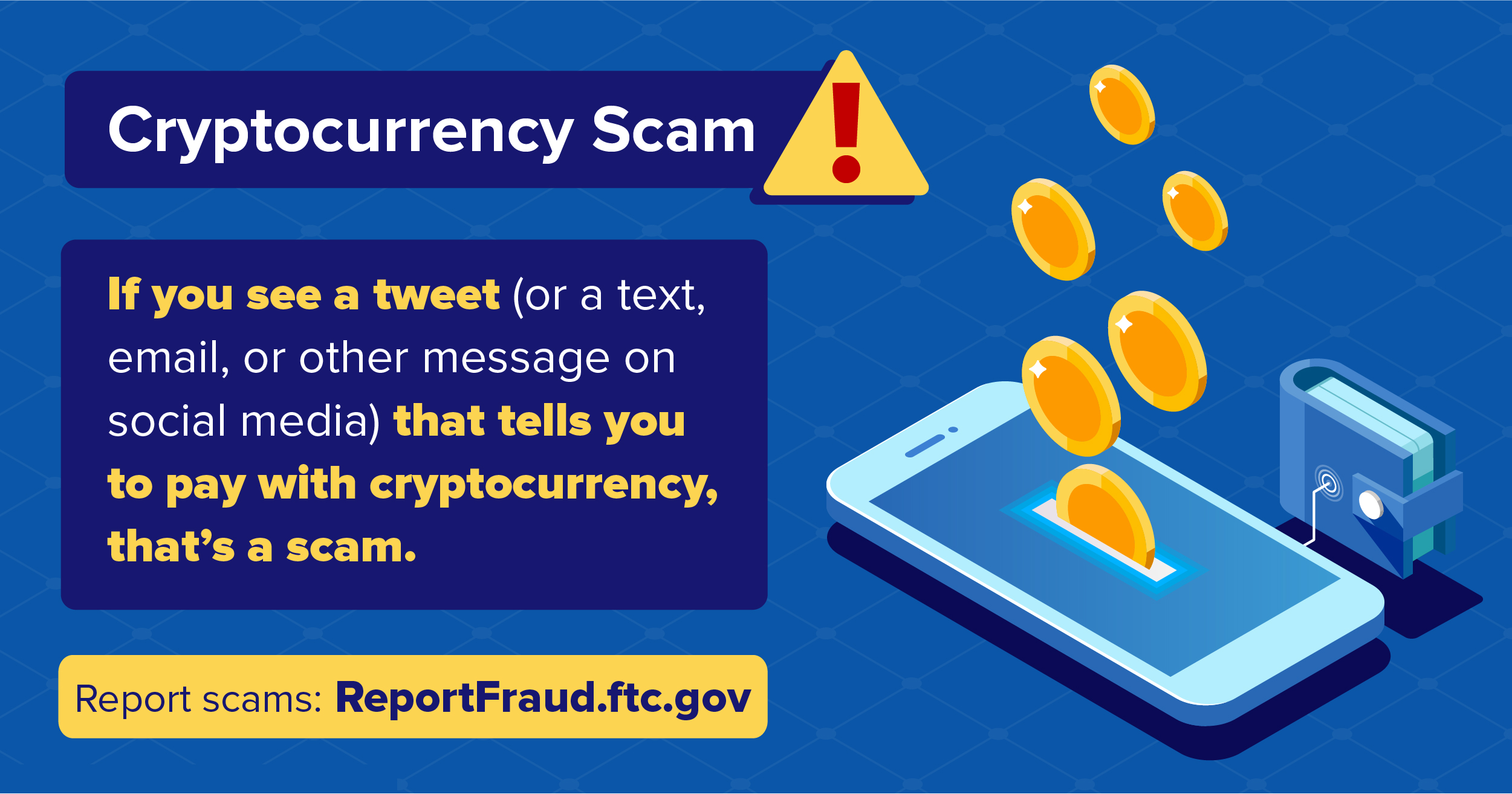Crypto Fraud

- Understanding the rise of crypto fraud in the digital age
- Common tactics used by scammers in the crypto space
- How to spot and avoid falling victim to crypto fraud
- Regulatory challenges in combating crypto fraud
- Case studies of high-profile crypto fraud incidents
- The future of crypto security: innovations and challenges ahead
Understanding the rise of crypto fraud in the digital age
Cryptocurrency fraud has become a prevalent issue in the digital age, with scammers taking advantage of the decentralized and often anonymous nature of cryptocurrencies to carry out their illicit activities. Understanding the rise of crypto fraud is crucial for investors and users to protect themselves from falling victim to these scams.
One of the main reasons behind the increase in crypto fraud is the lack of regulation in the cryptocurrency market. Unlike traditional financial systems, cryptocurrencies operate outside the control of governments and financial institutions, making them an attractive target for fraudsters.
Another factor contributing to the rise of crypto fraud is the complex and technical nature of cryptocurrencies. Many investors are not well-versed in how cryptocurrencies work, making them more susceptible to scams and fraudulent schemes.
Scammers often use social engineering tactics to manipulate and deceive individuals into giving up their private keys or passwords, allowing them to steal funds from cryptocurrency wallets. Phishing attacks, fake ICOs, and Ponzi schemes are just a few examples of the types of fraud that have become increasingly common in the crypto space.
As the popularity of cryptocurrencies continues to grow, so too does the prevalence of crypto fraud. It is essential for users to educate themselves about the risks associated with cryptocurrencies and take steps to protect their investments from fraudulent activities.
Common tactics used by scammers in the crypto space
Scammers in the crypto space often use a variety of tactics to deceive unsuspecting victims and steal their money. It is important to be aware of these common tactics to protect yourself from falling victim to crypto fraud.
- Phishing scams: Scammers will send emails or messages pretending to be from legitimate crypto companies, asking for personal information or login credentials. They often create fake websites that look identical to the real ones to trick people into giving away their sensitive information.
- Pump and dump schemes: This is when scammers artificially inflate the price of a cryptocurrency by spreading false information or rumors, then sell off their holdings at a profit once the price has risen. This leaves unsuspecting investors with worthless coins.
- Impersonation scams: Scammers will impersonate well-known figures in the crypto industry, such as Elon Musk or Vitalik Buterin, to trick people into sending them money or cryptocurrency. They often use social media platforms like Twitter to carry out these scams.
- Ponzi schemes: Scammers will promise high returns on investments in cryptocurrencies, but instead of generating profits through legitimate means, they use new investors’ money to pay off earlier investors. This scheme eventually collapses, leaving many people with significant financial losses.
- Malware attacks: Scammers will infect computers or mobile devices with malware that allows them to steal cryptocurrency wallets or private keys. They may also use ransomware to extort money from victims by threatening to delete their data unless a ransom is paid in cryptocurrency.
By being aware of these common tactics used by scammers in the crypto space, you can better protect yourself and your investments. Remember to always do thorough research before investing in any cryptocurrency and never give out your personal information to unknown sources.
How to spot and avoid falling victim to crypto fraud
When it comes to crypto fraud, it is crucial to be vigilant and aware of the warning signs to avoid falling victim to scams. Here are some tips on how to spot and steer clear of fraudulent schemes:
- Research and verify the legitimacy of the cryptocurrency platform or exchange before investing.
- Avoid investment opportunities that promise high returns with little to no risk.
- Be cautious of unsolicited emails or messages urging you to invest in a particular cryptocurrency.
- Do not share your private keys or passwords with anyone, as this could lead to unauthorized access to your crypto assets.
- Use two-factor authentication and secure wallets to protect your crypto holdings from theft.
By staying informed and exercising caution, you can reduce the risk of falling prey to crypto fraud and safeguard your investments in the cryptocurrency market.
Regulatory challenges in combating crypto fraud
Regulatory challenges play a crucial role in the fight against crypto fraud. The decentralized and anonymous nature of cryptocurrencies makes it difficult for authorities to track down and prosecute fraudsters. Additionally, the lack of a centralized authority overseeing the crypto market leaves room for fraudulent activities to thrive.
One of the main challenges in combating crypto fraud is the lack of uniform regulations across different jurisdictions. Each country has its own set of rules and regulations regarding cryptocurrencies, making it challenging to coordinate efforts on a global scale. This lack of harmonization allows fraudsters to exploit regulatory loopholes and evade detection.
Furthermore, the rapid evolution of the crypto market poses a challenge for regulators. New cryptocurrencies and technologies are constantly being introduced, making it difficult for authorities to keep up with the latest trends in crypto fraud. This dynamic environment requires regulators to adapt quickly and efficiently to stay ahead of fraudsters.
Another challenge is the cross-border nature of crypto fraud. Fraudsters can easily operate across multiple jurisdictions, making it challenging for authorities to cooperate and share information. This lack of international coordination hinders efforts to track down and prosecute fraudsters effectively.
In conclusion, regulatory challenges in combating crypto fraud are significant and require a coordinated and proactive approach from authorities worldwide. By addressing these challenges and working together, regulators can better protect investors and maintain the integrity of the crypto market.
Case studies of high-profile crypto fraud incidents
There have been several high-profile crypto fraud incidents that have shaken the industry and raised concerns about the security of digital assets. These fraud cases have involved millions of dollars and have left investors devastated.
- One of the most infamous crypto fraud cases was the Mt. Gox incident in 2014, where hackers stole over 850,000 bitcoins, worth around $473 million at the time. This incident led to the bankruptcy of the exchange and left thousands of investors empty-handed.
- Another notable fraud case was the Bitconnect Ponzi scheme, where investors were promised high returns on their investments. However, the scheme collapsed in 2018, resulting in losses of over $2 billion for investors.
- In 2019, the QuadrigaCX exchange scandal unfolded, with the CEO allegedly faking his own death and disappearing with millions of dollars in investor funds. This incident highlighted the lack of regulation in the crypto industry and the risks associated with unregulated exchanges.
These crypto fraud incidents serve as a stark reminder of the importance of due diligence and caution when investing in digital assets. It is crucial for investors to research and verify the legitimacy of crypto projects and exchanges before committing their funds to avoid falling victim to fraud schemes.
The future of crypto security: innovations and challenges ahead
The future of crypto security presents both innovations and challenges that lie ahead. As the crypto industry continues to evolve, new security measures are being developed to combat fraudulent activities and protect investors and users alike.
One of the innovations in crypto security is the use of blockchain technology to create immutable and transparent ledgers. This technology helps to secure transactions and prevent fraud by providing a verifiable record of all crypto transactions.
However, despite these innovations, there are still challenges that need to be addressed in crypto security. Hackers are constantly finding new ways to exploit vulnerabilities in crypto systems, leading to security breaches and theft of funds.
As the crypto industry continues to grow, it is crucial for companies and users to stay vigilant and implement robust security measures to protect against fraudulent activities. By working together and sharing information, the crypto community can combat fraud and ensure the security and integrity of the crypto ecosystem.



